Khulna, July 5, (V7N)- The Sundarbans, the only mangrove forest in Bangladesh, has begun to restore itself to its original form. Last May, various species of plants started emerging in the Long Bhand area of the Sundarbans due to the windstorm. The forest is now beautifully filled with Sundari, Garan, and Golpata trees.
Freshwater ponds that were inundated with brackish water due to flooding during Cyclone Rumel have now been replenished with freshwater from the recent heavy rains.
The heavy rains have revitalized the life in the Sundarbans, filling it with abundance. With the halt in tourist arrivals and the ban on fishermen, Bawalis, Kathurias, and Mouals entering the forest, the Sundarbans is now deserted.
This solitude has allowed wild animals to freely breed, roam, and contribute to the growth of new plants. Mihir Kumar Dev, Forest Conservator of the Sundarban Forest Division, told Voice7 News that Cyclone Rumel struck the Sundarbans on May 26. Rumel caused more damage than the recent cyclones Aila and Sidr. This time, the Sundarbans experienced a maximum tidal height of 20 feet, an unprecedented event.
Saltwater seeped into hundreds of freshwater ponds, leading to the deaths of various animals, including about fifty deer. Several species of plants, including Sundari, Garan, and Golpata trees, were destroyed, causing the forest to lose its charm.
Meanwhile, like every year, the Forest Department has prohibited tourists, fishermen, Bawalis, Kathurias, and Mouals from entering the Sundarbans from June 1 to August 31 to allow for the breeding of plants, fish, and wild animals.
As a result, within a month, the Sundarbans is regaining its familiar form.
Conservator of Forests Mihir Kumar Dev told Voice7 News that the Sundarbans is also the breeding ground of the Royal Bengal Tigers. Additionally, this forest is home to 350 species of birds, 290 species of animals, 30-35 species of reptiles, 42 species of mammals, 8-10 species of amphibians, and 200 species of aquatic animals including fish.
END/SDK/DK/



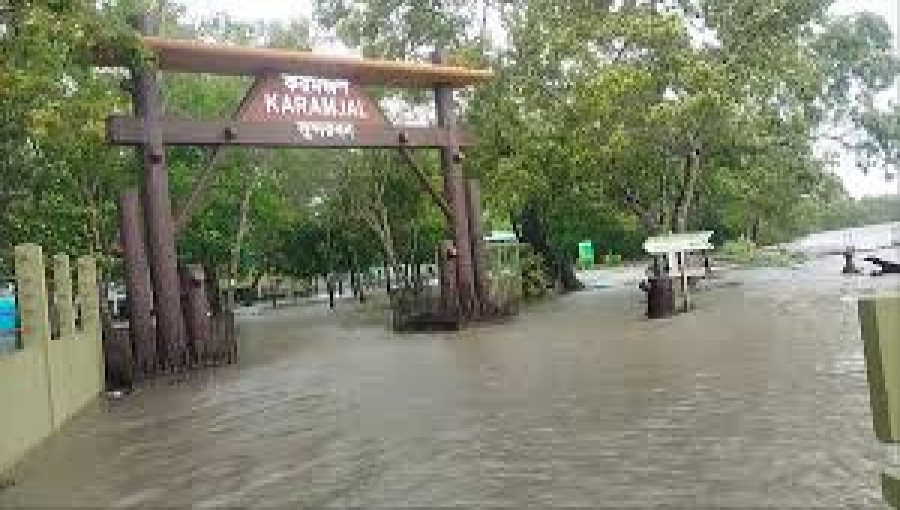
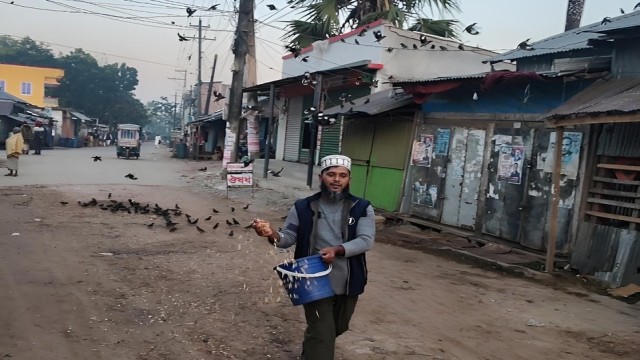
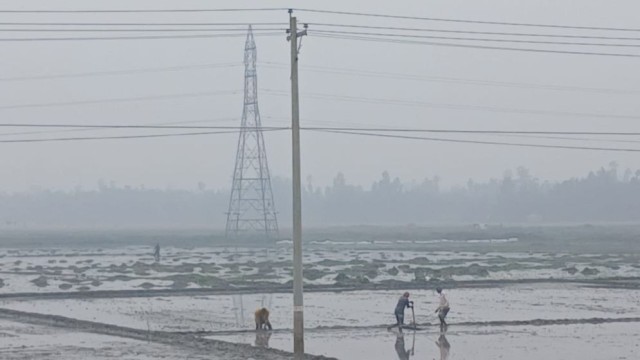



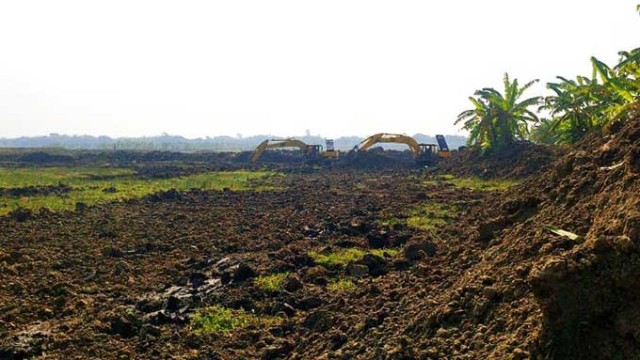




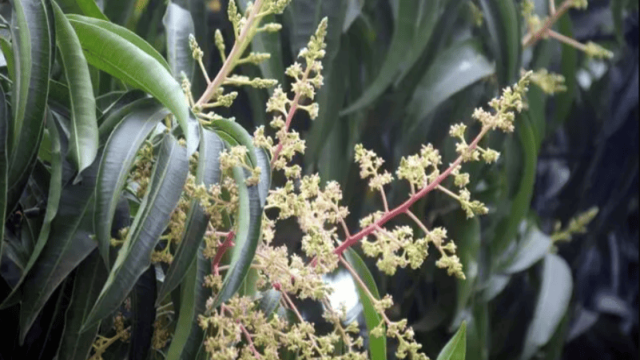
















Comment: